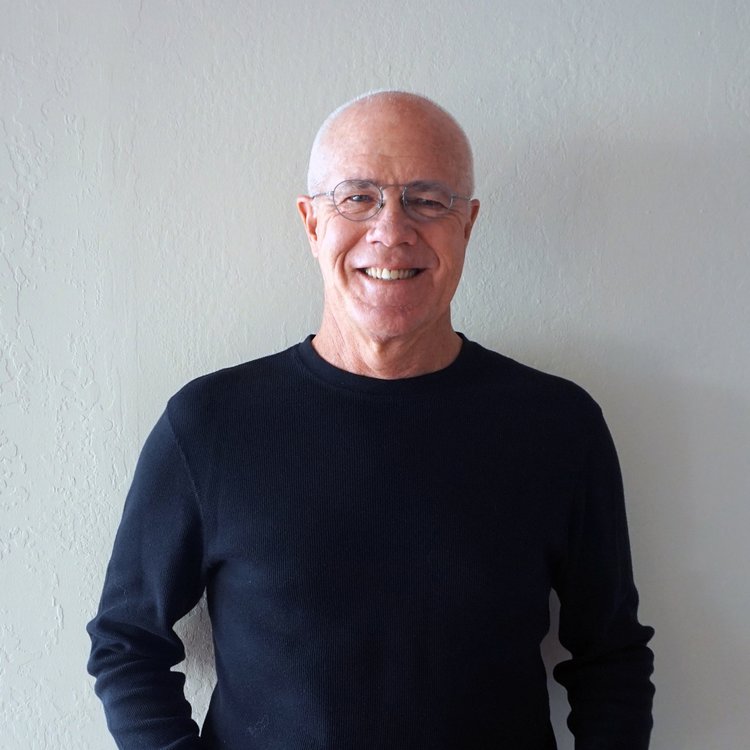First Hit: The most powerful film I’ve ever seen about racism in America.
I always pull four brown paper napkins from the dispenser in the lobby prior to taking my seat in the theater. Generally, I use one or two for something like wiping my mouth after eating a powerbar. However, for this film I needed to have taken many more because my heart cracked open so many times during this film that I had to reuse my usual lot over and over again to blow my nose and wipe away the tears that kept falling from my eyes.
All the dialogue in this film comes from James Baldwin. Some of it from his unfinished book “Remember This House” while other sections came from his other essays and published writings. Using clips from films referenced in his writings, television clips, interviews, quotes from letters he wrote and other Baldwin writings, we get an amazingly clear picture of his experience, reflections and thoughts about living in Harlem, Paris, and finally back in the United States.
Baldwin’s amazing articulation of his experience, the black experience, in America through his writings by questioning his inner self is sublime. His self-awareness and the ability to see, understand, and enunciate the differing paths of his close friends Medgar Evers, Malcolm X and Martin Luther King, Jr. was ethereal.
There are moments in this film where Baldwin’s statements of awareness speak to and through the existence of all of mankind. Of course, the most powerful scenes are the actual clips of James Baldwin speaking, but Samuel L. Jackson's voice for the remaining Baldwin dialogue was well chosen. Baldwin's intense intelligent eyes belie the pain of what he experienced and saw in our society.
Using photos, film, and television clips from the early 1920’s through 2014, Director Raoul Peck was able to create a mirror of America’s racism that is not only bold, but at the very heart and soul of our still troubled racist nation.
I think that everyone needs to see this film and check within themselves about their own tendencies and be willing to change our hearts and maybe our future actions. I know I am more acutely aware of this issue having seen this film.
Jackson lent his distinct voice to aid in this film’s impact. I cannot find words to express the amazingly persuasive fluent film that Peck created. How he was able to pull all these pieces together in such a powerful way was outstanding in every sense of the word.
Overall: This film had more impact on me than any film in the last 20 years maybe longer.
